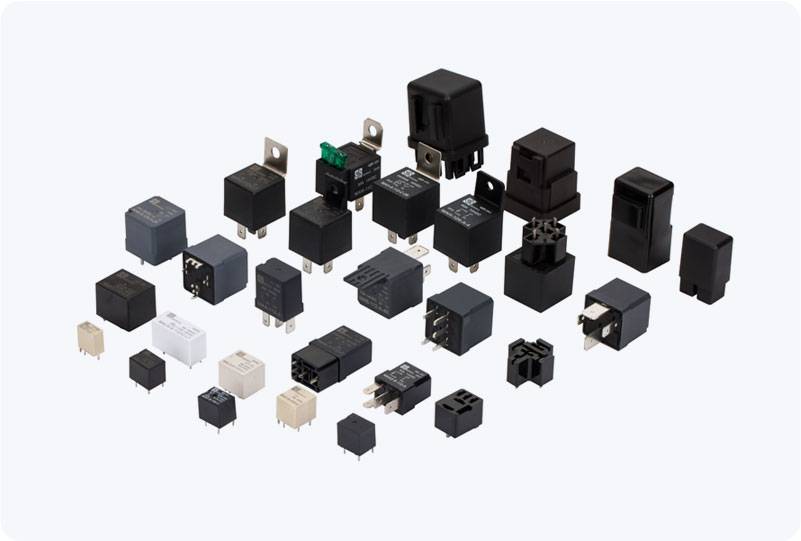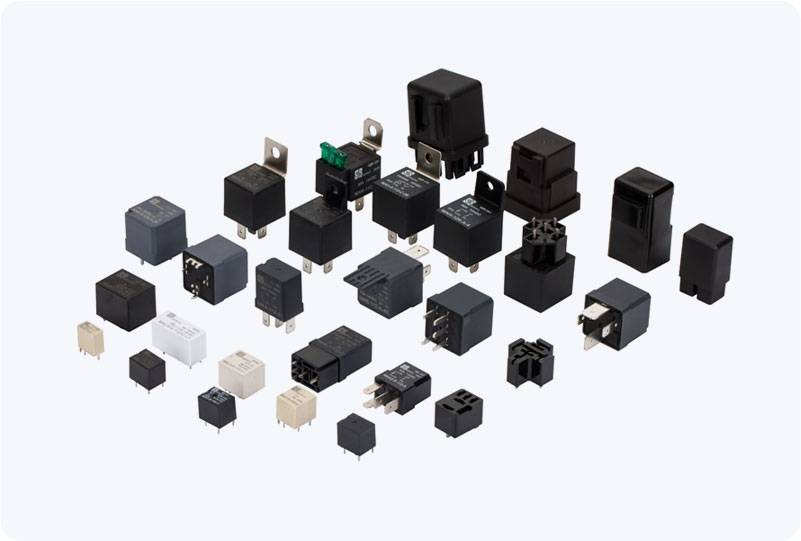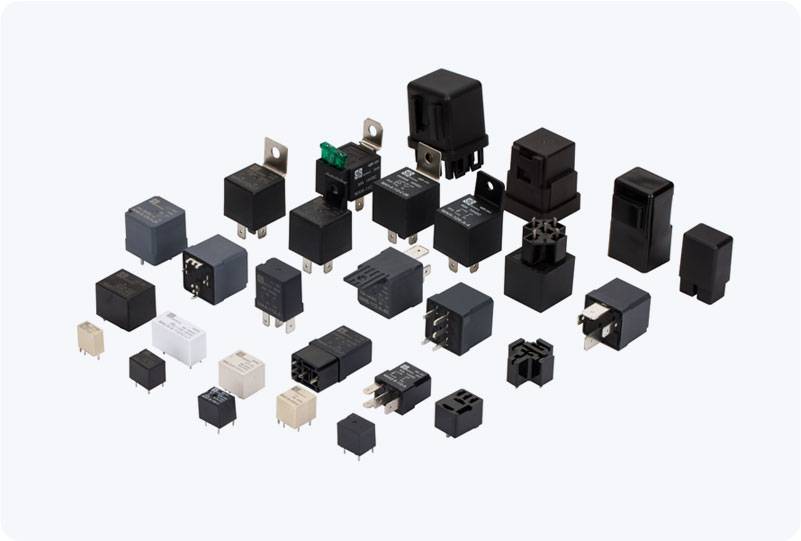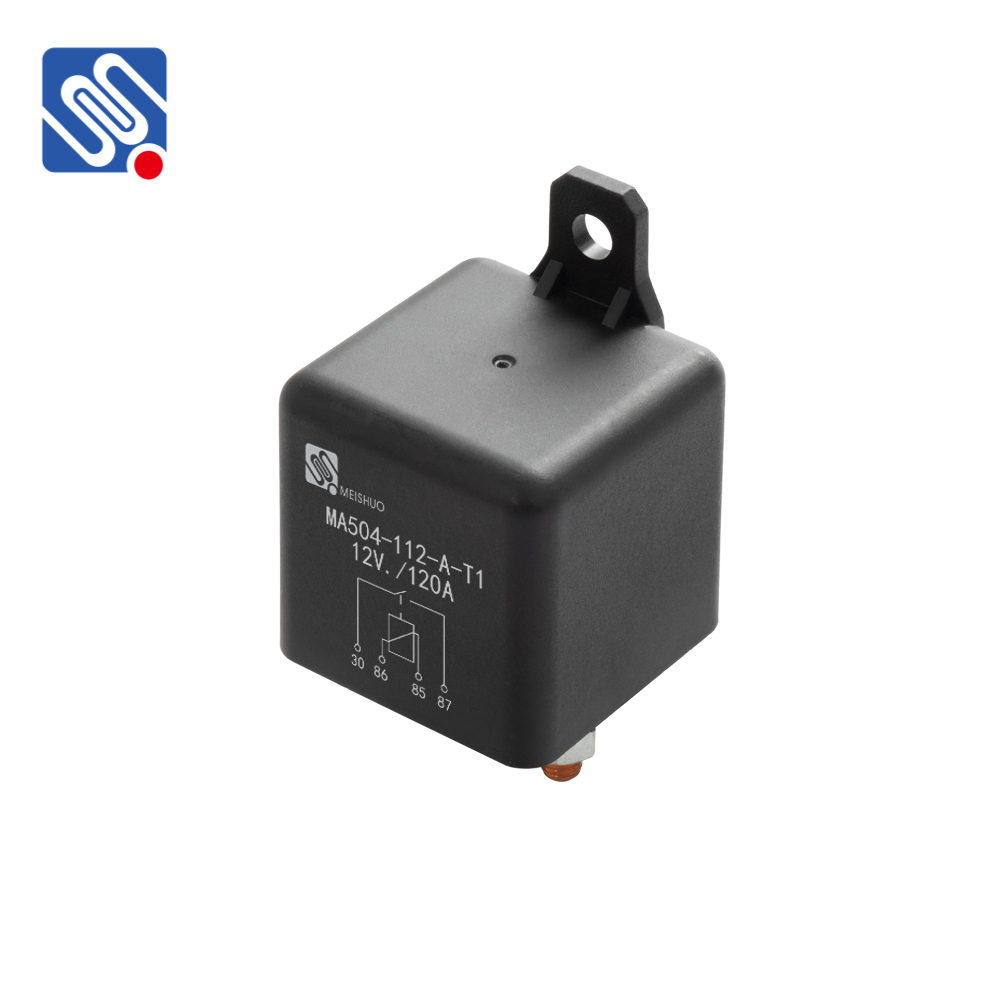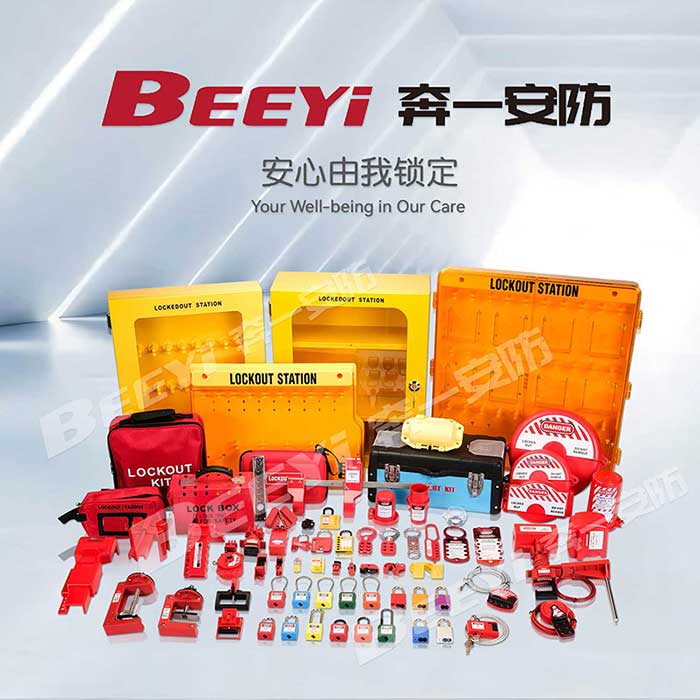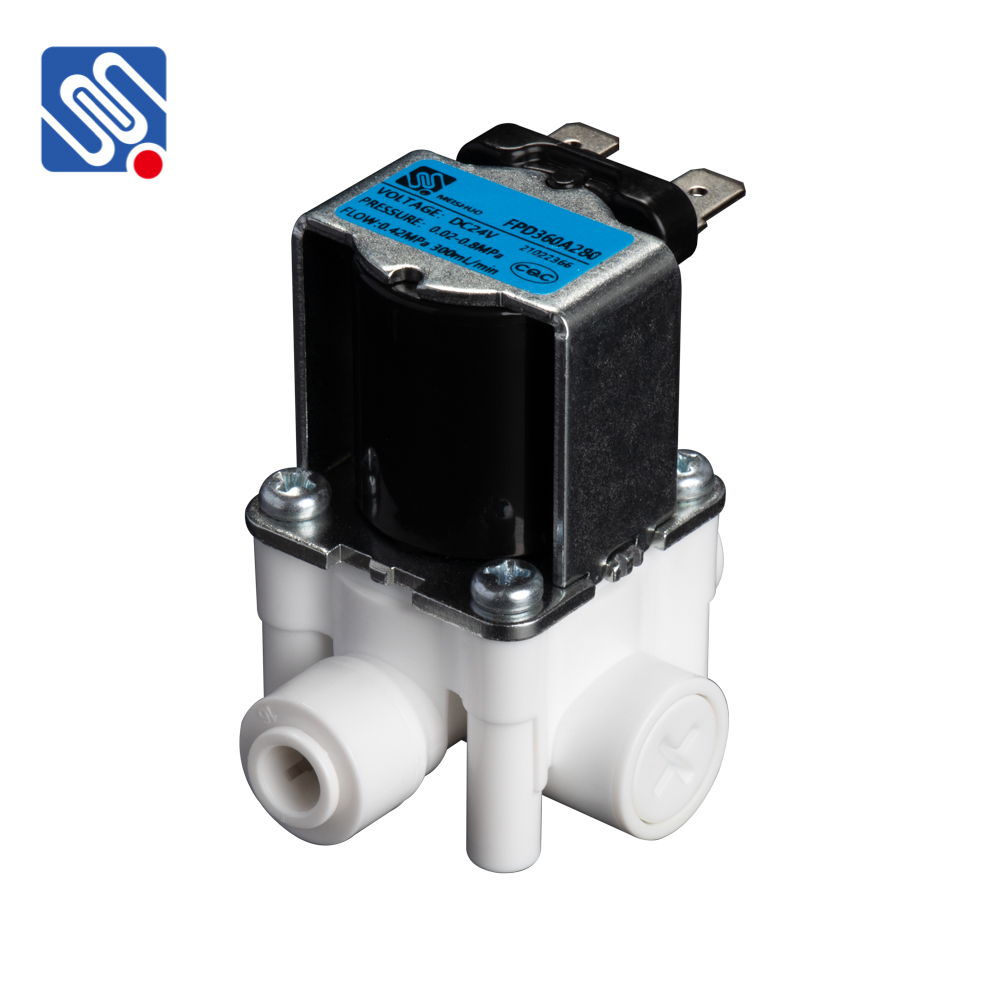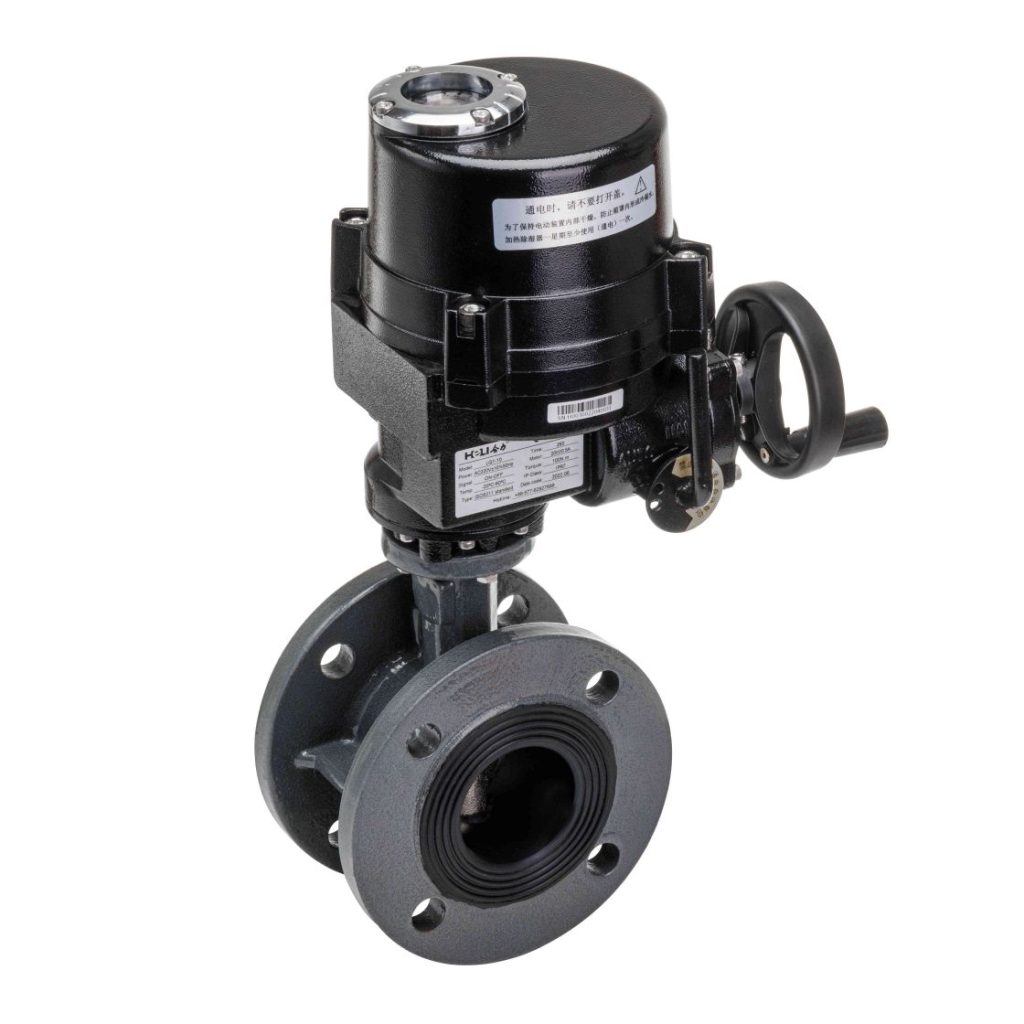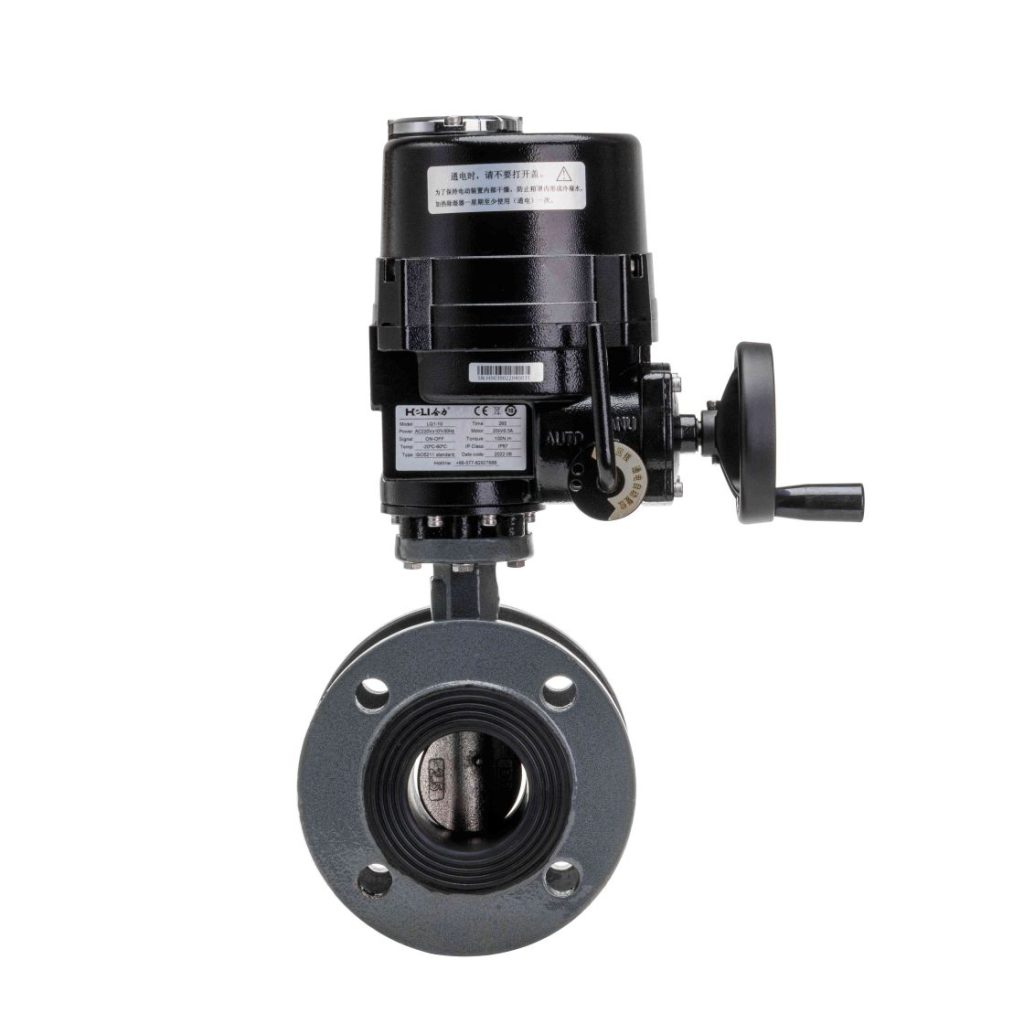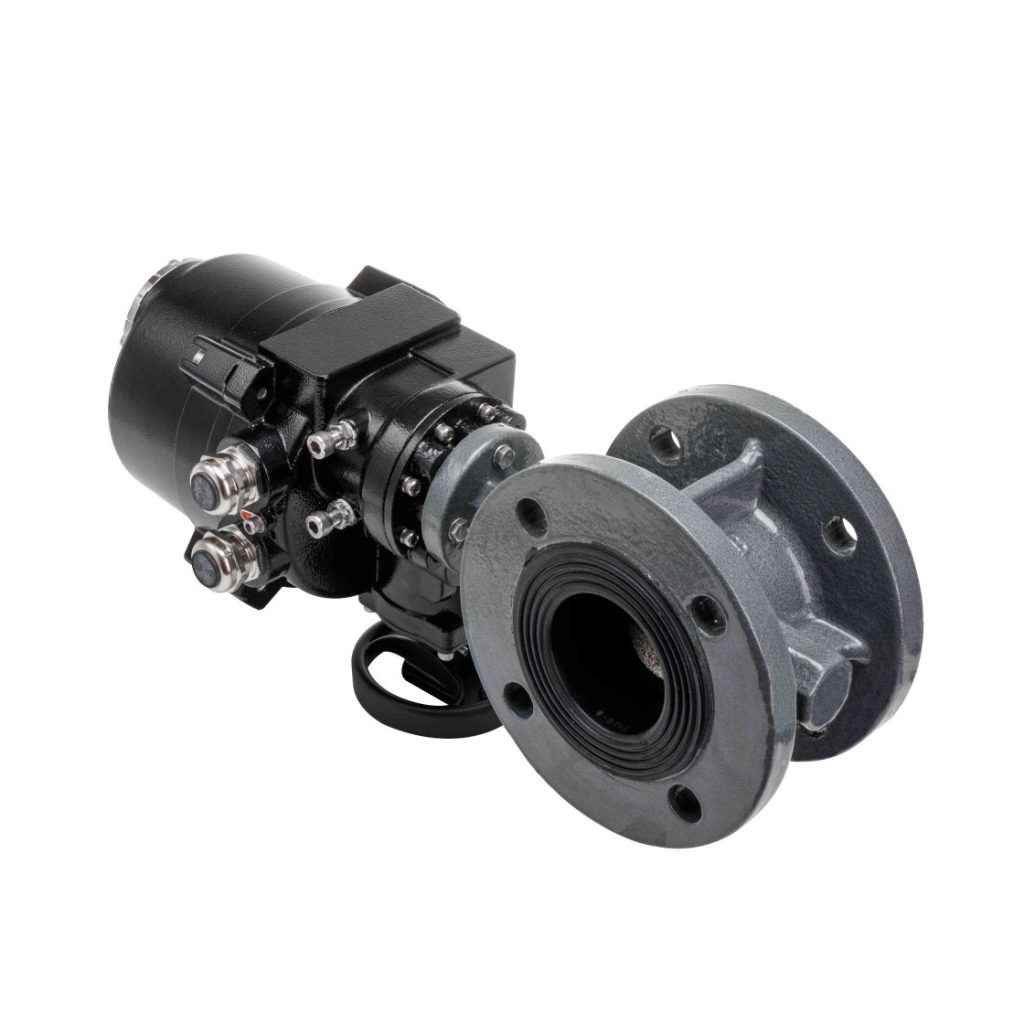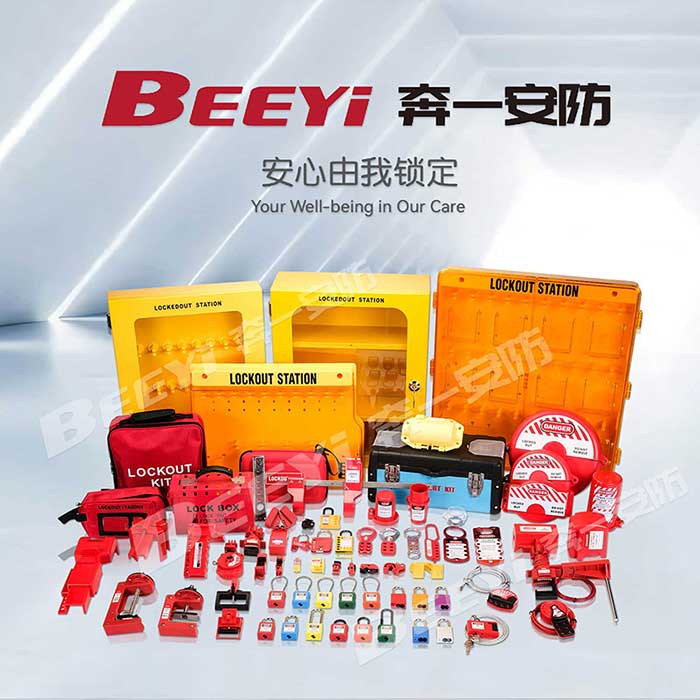In any industrial or manufacturing setting, the safety of workers is paramount. One of the critical components in ensuring a safe work environment is the implementation of Lockout/Tagout (LOTO) procedures. These procedures are designed to prevent the accidental release of hazardous energy during the maintenance or servicing of machinery and equipment. LOTO tags, a vital element of this system, play a key role in protecting workers from potential harm. This article explores the importance of LOTO tags, their components, and how they contribute to workplace safety.
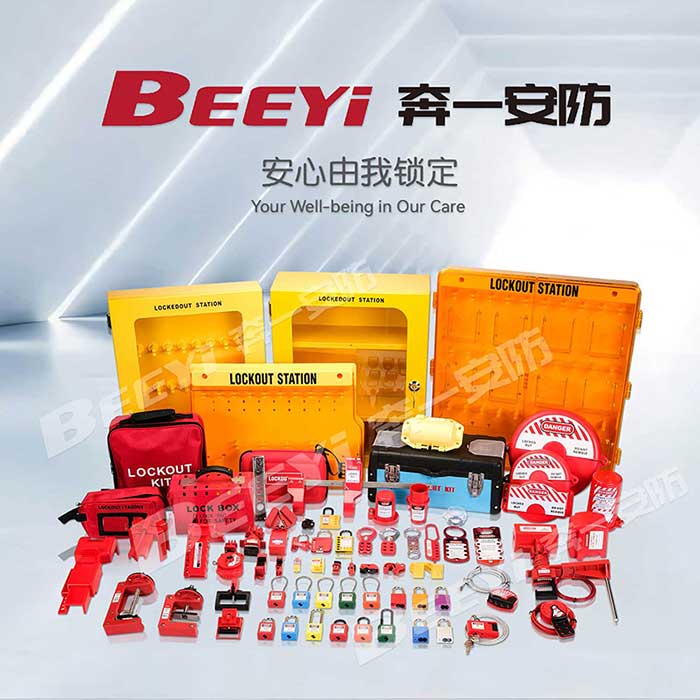
What Are LOTO Tags? LOTO tags are part of the broader Lockout/Tagout system, which is designed to control hazardous energy during maintenance or repair activities. The primary goal of LOTO is to prevent machines or equipment from accidentally starting up or releasing dangerous energy (e.g., electrical, mechanical, hydraulic) while workers are performing tasks like maintenance, inspection, or repair. LOTO tags are typically attached to energy-isolating devices (such as electrical panels or valves) when a machine or equipment is being locked out to prevent operation. These tags serve as a visual indicator that the equipment should not be operated or energized. LOTO tags are often brightly colored and feature clear warning messages to alert workers to the presence of locked-out equipment.
